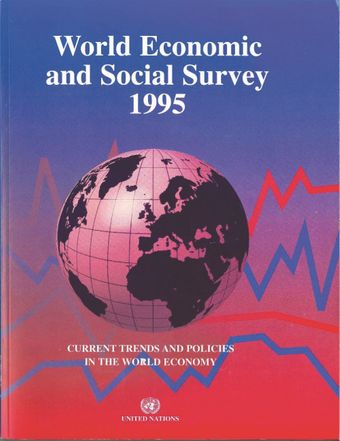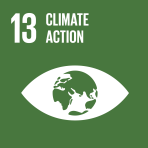Major trends in population emerging in the 1990s

- Author: United Nations
- Main Title: World Economic and Social Survey 1995 , pp 145-150
- Publication Date: May 1995
- DOI: https://doi.org/10.18356/bd0804c5-en
- Language: English
Recent United Nations population projections highlight three particularly significant developments in international population dynamics that are emerging in the 1990s. The first is the slower than anticipated rate of growth of world population, which the Population Division of the Department for Economic and Social Information and Policy Analysis of the United Nations Secretariat believes represents an acceleration of the long-term demographic transition from a high rate to a low rate of global population growth. Another concerns the growing effect of the spread of the acquired immunodeficiency syndrome (AIDS): the disease has become so prevalent in the heavily impacted countries as to affect national rates of mortality. As the effect is anticipated to worsen over time, it is expected to retard the long-term transition to a low level of mortality in these countries. A third development that is probably more transitory is the sharp deceleration in population growth in “eastern Europe”. Indeed, there was an actual decline in population in several countries in the past five years. This has been the result of fertility decline, rising mortality and net outmigration of population in response to the unsettled conditions that accompanied radical political changes and the ongoing economic transition from centrally planned to market economies.
-
From This Site
/content/books/9789210452052s006-c001dcterms_title,dcterms_subject,pub_keyword-contentType:Journal -contentType:Contributor -contentType:Concept -contentType:Institution105



